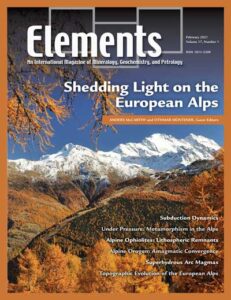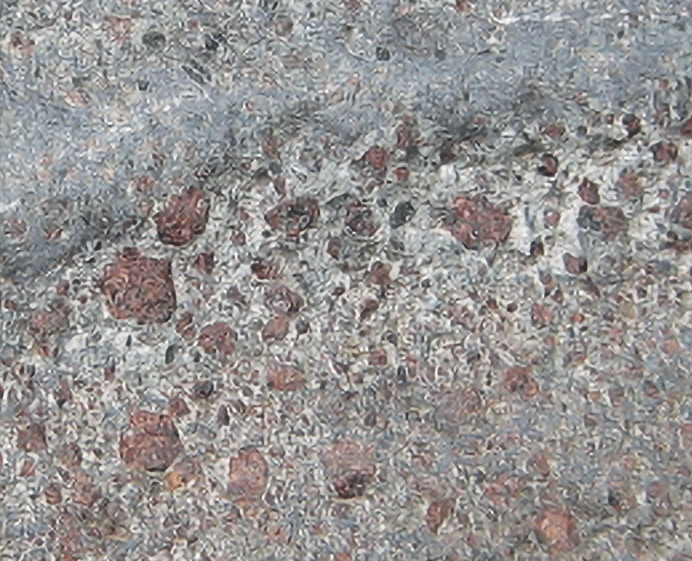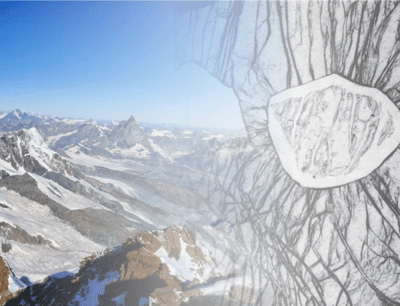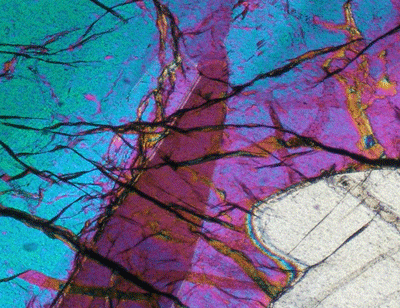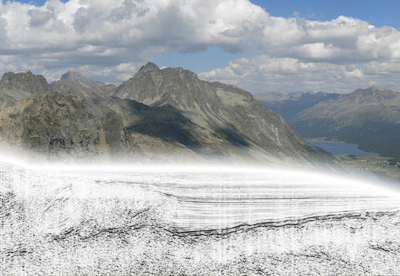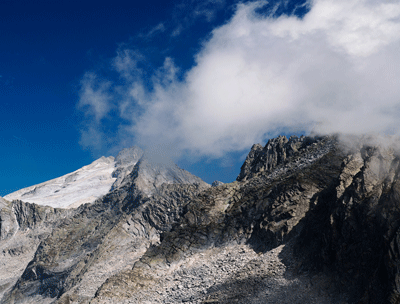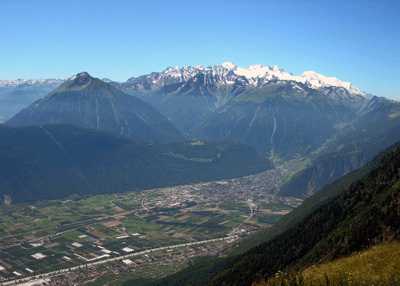Shedding Light on the European Alps
Anders McCarthy and Othmar Müntener – Guest Editors
Table of Contents
The European Alps are one of the most studied orogens worldwide. Research over last 30 years is forcing us to rethink our understanding of Alpine evolution: new concepts have emerged that question long-established paradigms. The articles in this issue provide a petrological, geochemical, and tectonic overview of the Alpine Orogeny, from rifting and spreading to subduction and collision and, finally, to postcollisional uplift and erosion. The current debates regarding the origins of (ultra-)high pressure metamorphism, the origins of syncollisional magmatism, and the evolution of rifting and ocean spreading are discussed. And, the consequences of the new interpretations on the dynamics of subduction and collision are examined.
- Ocean Subduction Dynamics in the Alps
- Under Pressure: High-Pressure Metamorphism in the Alps
- The Heterogeneous Tethyan Oceanic Lithosphere of the Alpine Ophiolites
- Formation of the Alpine Orogen by Amagmatic Convergence and Assembly of Previously Rifted Lithosphere
- Superhydrous Arc Magmas in the Alpine Context
- How Climate, Uplift and Erosion Shaped the Alpine Topography
12th International Kimberlite Conference
CAMECA
Crystal Maker
Dr. Eduard Gübelin Association
Excalibur Mineral Corporation
Gemological Institute of America
ProtoXRD
v17n2 Speleothems
GUEST EDITORS: Joshua M. Feinberg (University of Minnesota, USA) and Kathleen R. Johnson (University of California, Irvine, USA)
Growing slowly drip by drip through the millennia, stalagmites, stalactites, and flowstone—collectively known as speleothems—are some of the most fantastic mineral features in nature. Speleothems are also critical archives of past environments, and their study incorporates expertise from groundwater hydrogeology and geochemistry, atmospheric chemistry, climate science, geobiology, and even geophysics. Research on speleothem trace element and isotopic geochemistry, constituent organic compounds, noncarbonate minerals, and morphology can help illuminate paleoenvironmental conditions and document historical anthropogenic land-use changes. This issue of Elements will introduce the many ways that speleothems are used within the geoscience community to learn about natural Earth processes and our role in modifying them.
- The Origins of Caves and Speleothems Joshua M. Feinberg (University of Minnesota, USA) and Kathleen R. Johnson (University of California, Irvine, USA)
-
Uranium-Series Geochronology of Speleothems Katee Wendt (University of Minnesota, USA), R. Lawrence Edwards (University of Minnesota, USA), and Xianglei Li (Xi’an Jiaotong University, China)
-
Reconstructing Past Hydroclimates from Speleothems Kathleen R. Johnson (University of California, Irvine, USA)
- Speleothem Paleothermometry Nele Meckler (University of Bergen, Germany) and Hubert Vonhof (Max Planck Institute for Chemistry, Germany)
- Cave Decorating with Microbes: Geomicrobiology of Caves Daniel S. Jones (New Mexico Institute of Mining and Technology, USA) and Diana E. Northup (University of New Mexico, USA)
- Mineral Magnetism of Cave Deposits Joshua M. Feinberg (University of Minnesota, USA), Plinio Jaqueto (University of São Paulo, Brazil), and Ron Shaar (Hebrew University of Jerusalem, Israel)
- Shedding Light on the European Alps (February 2021)
- Speleothems (April 2021)
- Exploring Earth and Planetary Materials with Neutrons (June 2021)
- Geoscience Beyond the Solar System (August 2021)
- Carbonatites (October 2021)
- Heavy Stable Isotopes: From Crystals to Planets (December 2021)



